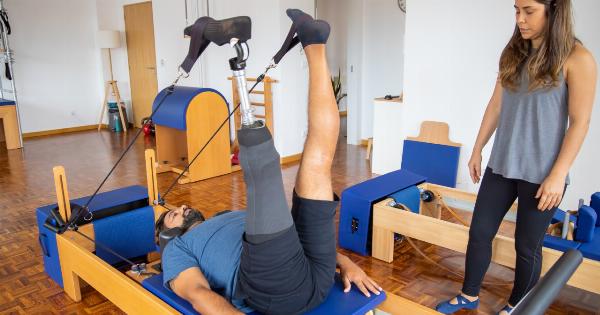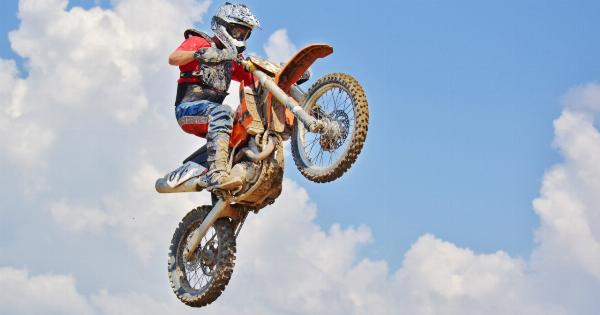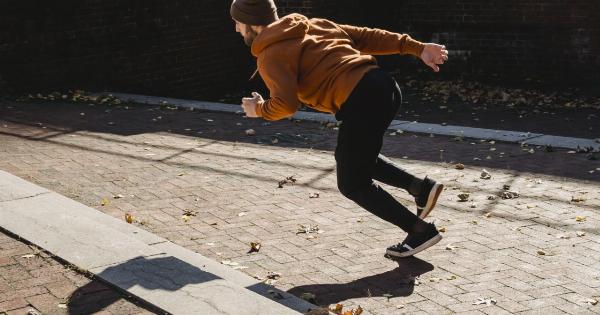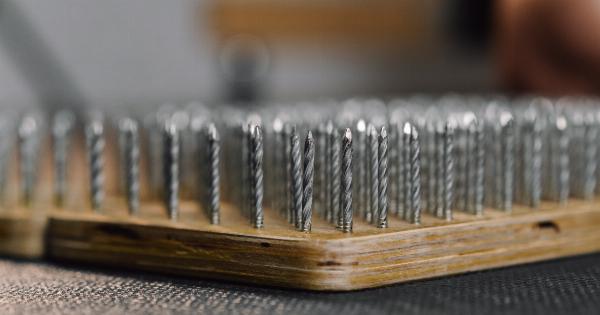Stroke is a devastating neurological condition that affects millions of people worldwide. The sudden interruption of blood flow to the brain leads to a range of impairments that can have a profound impact on an individual’s quality of life.
Traditional rehabilitation therapies have shown some promise in facilitating recovery after stroke, but there is a growing body of evidence to suggest that brain stimulation techniques may offer even greater benefits.
The Role of Brain Stimulation in Stroke Rehabilitation
Brain stimulation involves the use of specific techniques to modulate neural activity in targeted areas of the brain.
The aim is to enhance functional recovery by promoting neuroplasticity, which is the brain’s natural ability to reorganize and form new connections. There are two primary forms of brain stimulation currently being investigated for stroke rehabilitation: transcranial magnetic stimulation (TMS) and transcranial direct current stimulation (tDCS).
Transcranial Magnetic Stimulation (TMS)
TMS is a non-invasive brain stimulation technique that uses magnetic fields to induce electrical currents in the brain.
It involves placing a magnetic coil over the scalp, which generates brief magnetic pulses that pass through the skull and stimulate the underlying brain tissue. TMS has been shown to have a range of effects on the brain, including the ability to modulate cortical excitability, promote synaptic plasticity, and influence neurovascular coupling.
Transcranial Direct Current Stimulation (tDCS)
tDCS involves the delivery of low-intensity, direct current to the brain using electrodes placed on the scalp. This technique is thought to modulate neuronal excitability, leading to changes in cortical activity.
tDCS has shown promise in a variety of conditions, including stroke, as it has the potential to enhance neuroplasticity and facilitate recovery.
The Benefits of Brain Stimulation for Stroke Recovery
Research into the effects of brain stimulation on stroke recovery has yielded promising results.
Numerous studies have shown that both TMS and tDCS can lead to improvements in motor function, language abilities, and cognitive performance in individuals who have experienced a stroke.
One study published in the New England Journal of Medicine demonstrated that daily sessions of TMS combined with physical therapy significantly improved motor function in stroke patients compared to individuals who only received physical therapy.
Another study published in Stroke found that tDCS, when combined with standard rehabilitation, led to greater improvements in grip strength and upper limb function compared to standard rehabilitation alone.
Understanding the Mechanisms of Brain Stimulation in Stroke Rehabilitation
While the exact mechanisms underlying the benefits of brain stimulation for stroke recovery are not yet fully understood, several theories have been proposed.
One possibility is that brain stimulation enhances neuroplasticity by promoting the formation of new synapses and strengthening existing connections.
Another potential mechanism is that brain stimulation increases the production and release of neurotrophic factors, which are proteins that support the growth and survival of neurons.
Neurotrophic factors are essential for the function and maintenance of the nervous system and play a crucial role in recovery after stroke.
Optimizing Brain Stimulation Protocols for Stroke Rehabilitation
As research in the field of brain stimulation for stroke rehabilitation continues to advance, it is becoming increasingly important to optimize stimulation protocols to maximize their effects.
Factors such as the timing, intensity, and duration of stimulation are all likely to influence outcomes.
Individualized approaches may also be key. Every stroke is unique, and the location and extent of brain damage can vary greatly between individuals.
By tailoring stimulation protocols to the specific needs of each patient, it may be possible to achieve even greater improvements in functional recovery.
The Future of Brain Stimulation in Stroke Rehabilitation
Brain stimulation techniques have the potential to revolutionize stroke rehabilitation by offering new avenues for recovery. However, there are still many questions that need to be addressed.
Large-scale clinical trials are needed to determine the optimal stimulation parameters, the long-term effects of brain stimulation, and its potential for use in combination with other therapies.
While there is still much to learn, the future looks promising.
Brain stimulation may eventually become an integral part of stroke rehabilitation, offering hope and improved outcomes for the millions of individuals affected by this devastating condition.






























